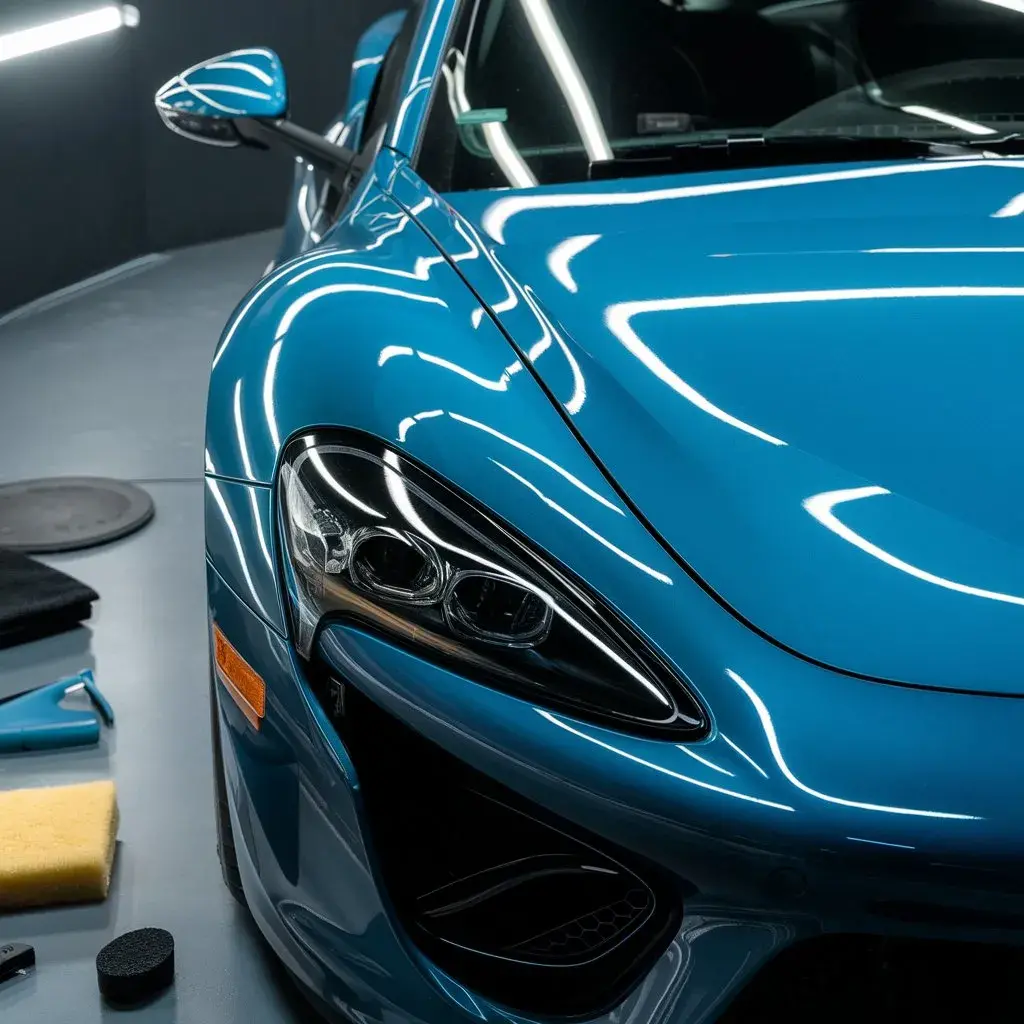The Science Behind Ceramic Coatings: What Makes Them So Effective?

Ceramic coatings represent a significant advancement in paint protection technology, primarily through the integration of nanotechnology and chemistry. At the molecular level, these coatings are composed of silicon dioxide (SiO2) and sometimes titanium dioxide (TiO2), materials derived from quartz and titanium, respectively. These elements form a covalent bond with the substrate of the vehicle’s paint, effectively creating a new surface layer that is chemically resistant to environmental contaminants, abrasion, and ultraviolet degradation. The process of achieving these properties involves precise application techniques, which ensure optimal thickness and uniformity, thereby maximizing durability. As we examine the layered benefits of these advanced materials, one might question the extent of their efficacy over traditional protective measures and what future developments may enhance their performance even further.
Composition and Chemistry of Paint Protection
Ceramic coatings are comprised of silicon dioxide (SiO2), derived from natural materials such as sand and quartz, which chemically bond with the surface of the vehicle to create a durable, protective layer. This coating, when applied, forms a semi-permanent bond with the vehicle’s surface, resulting not just in protection but also in an enhanced aesthetic appeal.
The unique molecular structure of SiO2 provides a rigid yet flexible barrier. This flexibility is crucial, allowing the coating to absorb impacts and resist scratches that would otherwise damage the vehicle’s exterior. The robust nature of this chemical bonding also means that the coating can withstand harsh environmental contaminants like road salts, bird droppings, and ultraviolet (UV) rays, which typically degrade the vehicle’s surface over time.
Engaging with this advanced chemistry, enthusiasts and professionals in the automotive community find a sense of belonging. They are part of a knowledgeable group that values not only the science behind these products but also the practical benefits they offer. Understanding the composition and underlying chemical interactions of ceramic coatings empowers users to make informed choices about vehicle maintenance, ensuring both longevity and pristine appearance.
Application and Performance
Applying a ceramic coating involves a meticulous multi-step process that ensures optimal performance and durability of the protective layer. Initially, the surface must be thoroughly cleaned and decontaminated to remove any impurities that could hinder the coating’s adhesion. This is followed by a careful application of the ceramic solution, typically using a specially designed applicator pad that promotes even distribution and minimizes the risk of streaking.
Once applied, the ceramic coating requires a specific curing period, during which it bonds chemically with the substrate. This curing process is crucial as it transforms the coating from a liquid to a hardened, impermeable shield. The precise duration and conditions for curing depend on the specific formulation of the coating but generally involve maintaining a controlled environment to avoid contamination and ensure uniformity of the layer.
Performance-wise, ceramic coatings are lauded for their exceptional longevity and resilience. They provide a robust barrier against environmental contaminants, UV radiation, and chemical erosion. Additionally, the hydrophobic nature of the coating means that water and oils bead up and roll off the surface, significantly easing maintenance efforts.
In the realm of automotive protection, ceramic coatings stand as a paragon of technological advancement, embodying the pinnacle of surface defense mechanisms.
The intricate interplay of silicon dioxide’s molecular architecture with a vehicle’s surface transcends mere surface treatment, engendering a virtually impregnable shield.
This formidable barrier not only repels environmental assaults with unparalleled efficacy but also heralds a new epoch in vehicle longevity and preservation, setting an unprecedented standard in paint protection and automotive care.